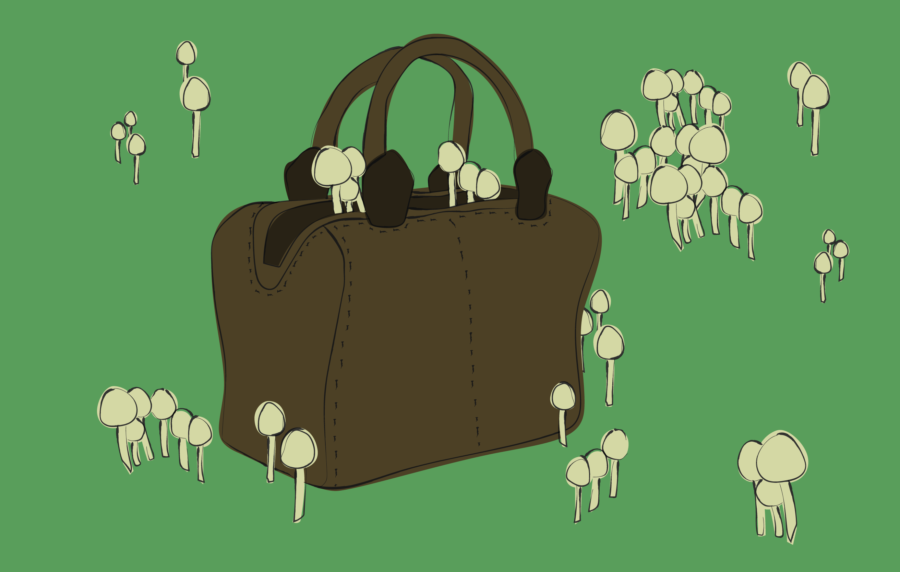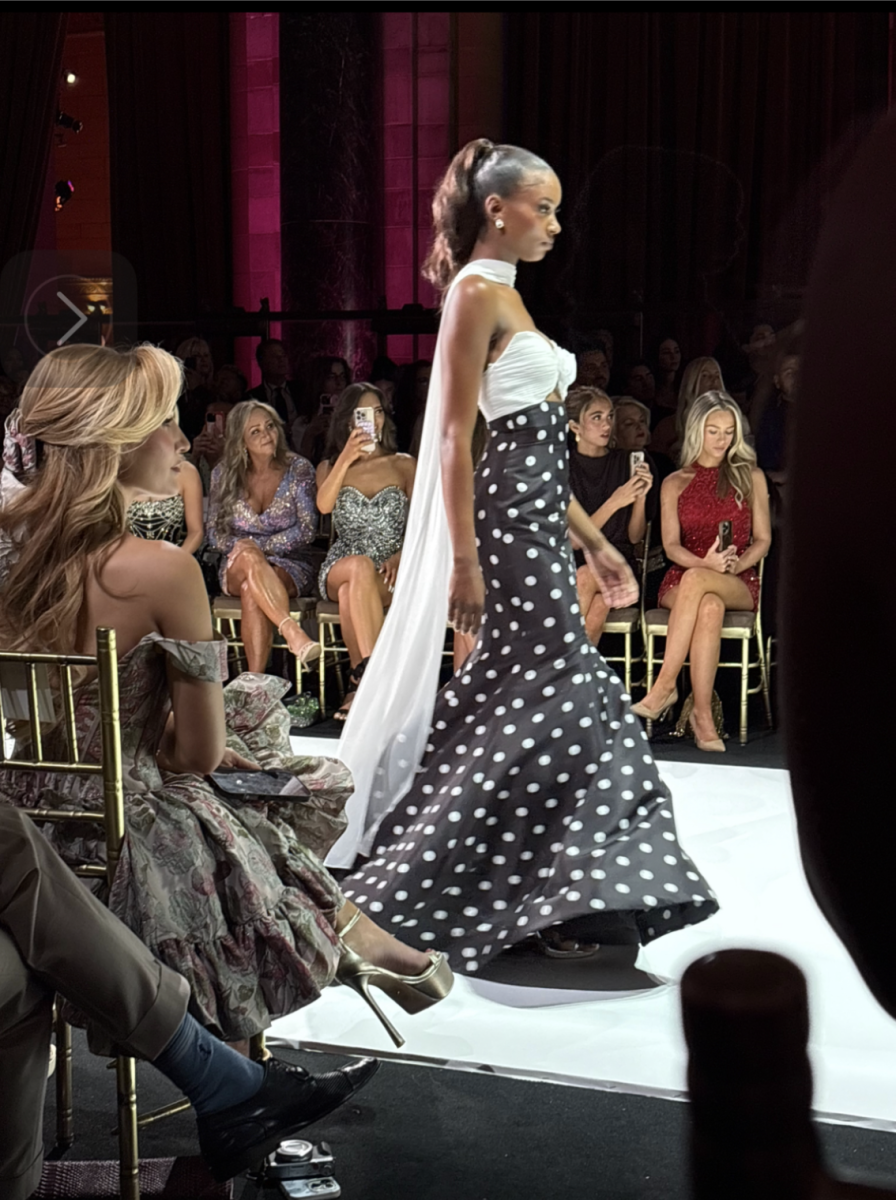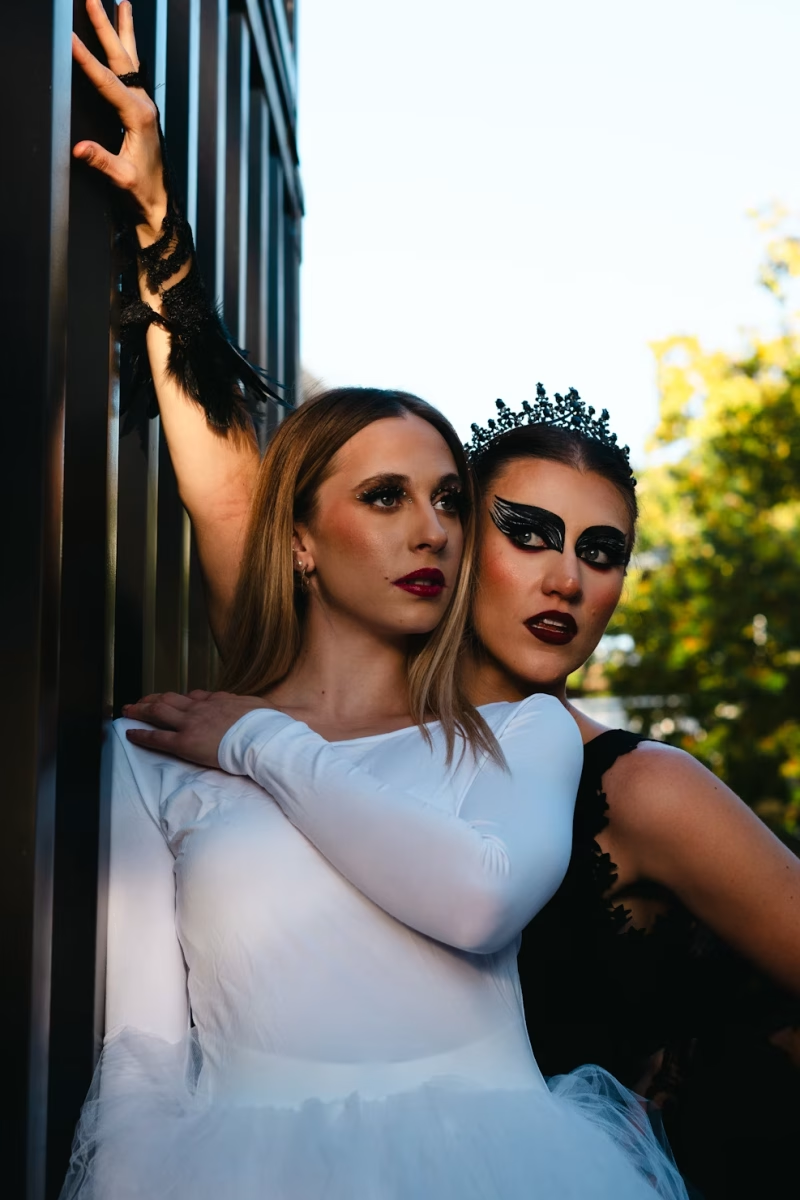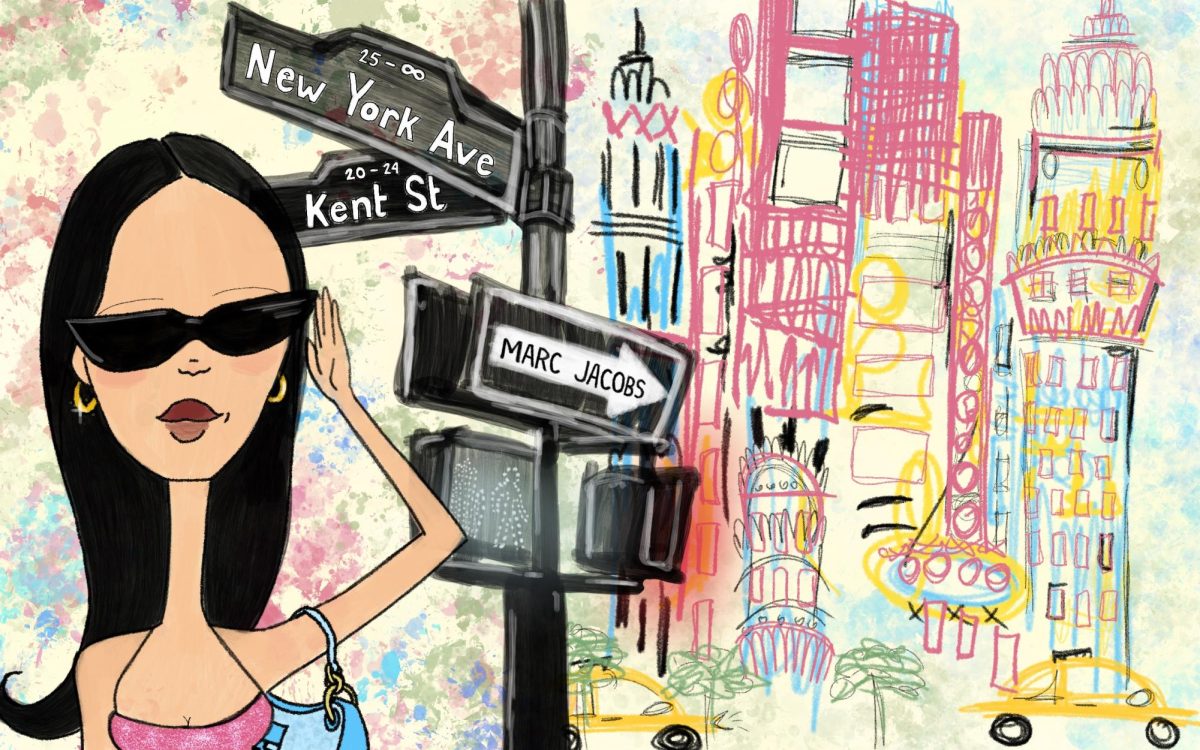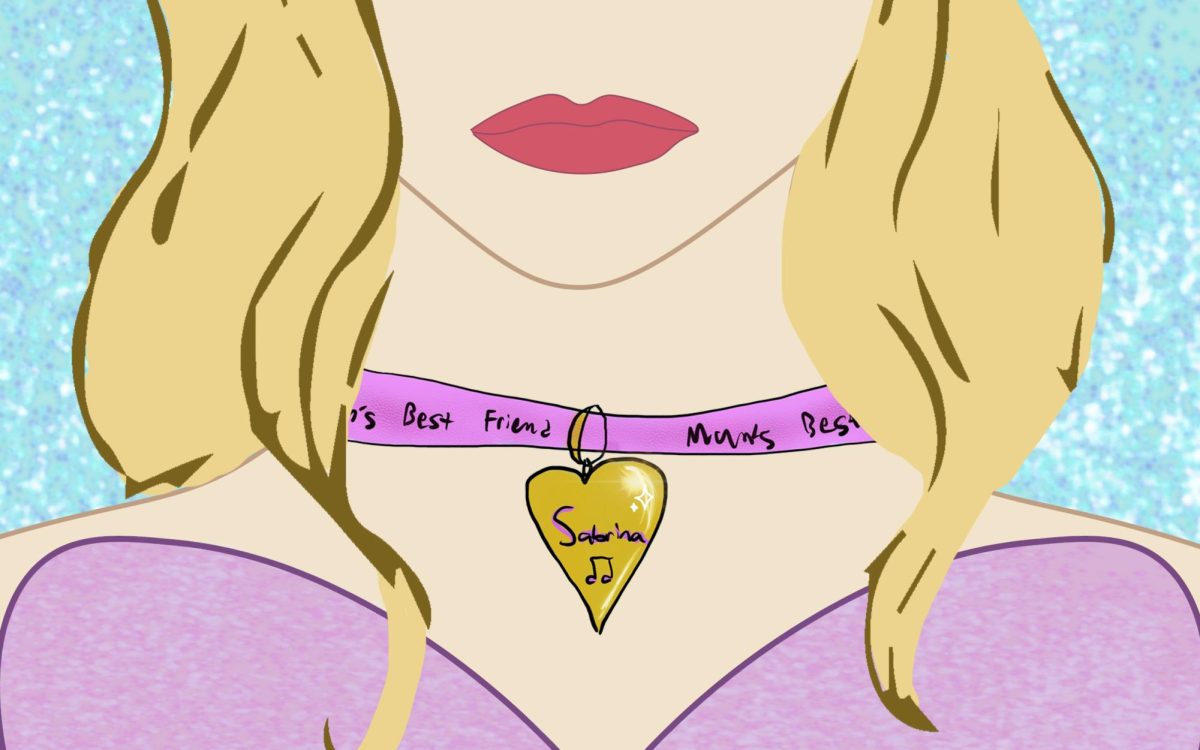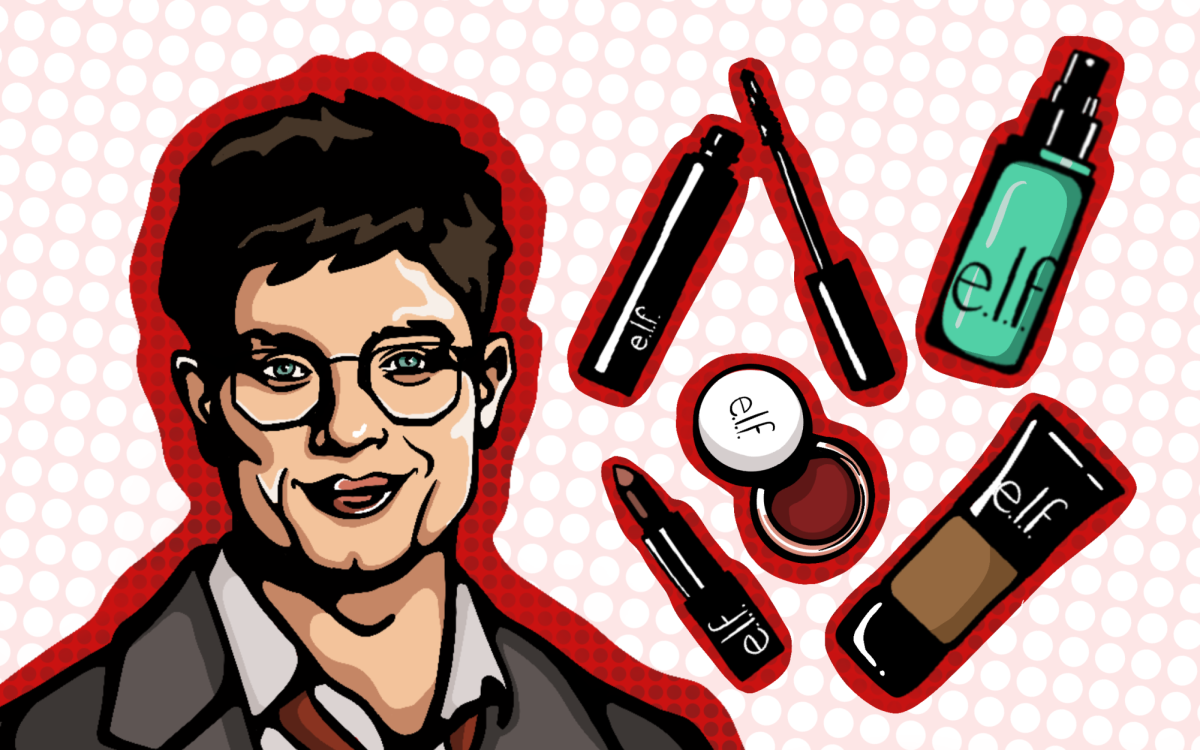Dating back to 1300 BC, leather is one of the most classic and dependable materials known to man. Due to its versatility, durability and pliability, humans have utilized leather in nearly every era of design and fashion. However, as humans evolve, so should their textiles and techniques.
Reported to be responsible for 14.5% of human-generated carbon emissions, animal agriculture is a deep-rooted cause of climate change. Accounting for approximately 65% of those emissions, beef and leather-producing cattle have wreaked havoc on our world’s ecosystems, severely influencing global warming, deforestation and water pollution.
Hoping to leave the prehistoric practices of leather production in the past, leaders in the fashion industry have developed a plant-based alternative to replace leather and recoup its environmental impacts.
Since joining forces with Bolt Threads in 2016, Stella McCartney has had an influential role in the creation of Mylo, an “unleather” made from mycelium, the vegetative part of a fungus (AKA the underground root structure of a mushroom).
Known for her elegant eye for ethical fashions, McCartney, a lifelong vegetarian, has refused to use real leather or fur in any of her designs over the past 20 years of her brand’s existence.
Unlike polyester-based faux leather that has become popularized by fast-fashion brands, mycelium is entirely natural and biodegradable. It’s also a much stronger material that will uphold longer, making mycelium better for the environment.
Remarkably combining the best of faux and real leather worlds, Mylo has an uncanny resemblance to the real thing, yet is completely free of animal byproducts. Available in a range of weights and textures, mycelium can adopt any color, emboss or finish.
Reducing the demand for animal agriculture while meeting consumer aesthetics and functional expectations is the goal. In an interview with Vogue, McCartney said:
“The main thing is there’s really no compromise. I always say that I don’t want anyone to know our products aren’t made of leather, and it’s so important to me that they stand shoulder to shoulder with the real thing. And it’s just so much better for the planet — whether you’re doing it for ethical reasons or not, you can’t argue how this is better [than animal leather].”
But McCartney isn’t the only one with her eyes on this new mycelium technology. Hermès recently announced a new version of its Victoria handbag will launch by the end of the year using Sylvania, a mushroom-based vegan leather developed by startup MycoWorks, making it the first object made with Fine Mycelium.
Other brands such as Adidas and Lululemon have also invested in mycelium technology, and it’s only a matter of time until the vast possibilities of biofabrication will enter the mainstream market.
With the issue of sustainability becoming more and more important to the success of brands and businesses, every material and method of production must be questioned to create a more ethical, eco-friendly and sustainable world. Looking towards the future, earthly textures, textiles and silhouettes will inspire scientists and artists alike to go back to their roots and embrace the ingenuity of nature.
SUPPORT STUDENT MEDIA Hi, I’m Maria McGinnis, a senior journalism student from Stow, Ohio. I’m also the editor-in-chief of A Magazine. My staff and I are committed to bringing you the most important and entertaining news from the realms of fashion, beauty, and culture. We are full-time students and hard-working journalists. While we get support from the student media fee and earned revenue such as advertising, both of those continue to decline. Your generous gift of any amount will help enhance our student experience as we grow into working professionals. Please go here to donate to A Magazine.

